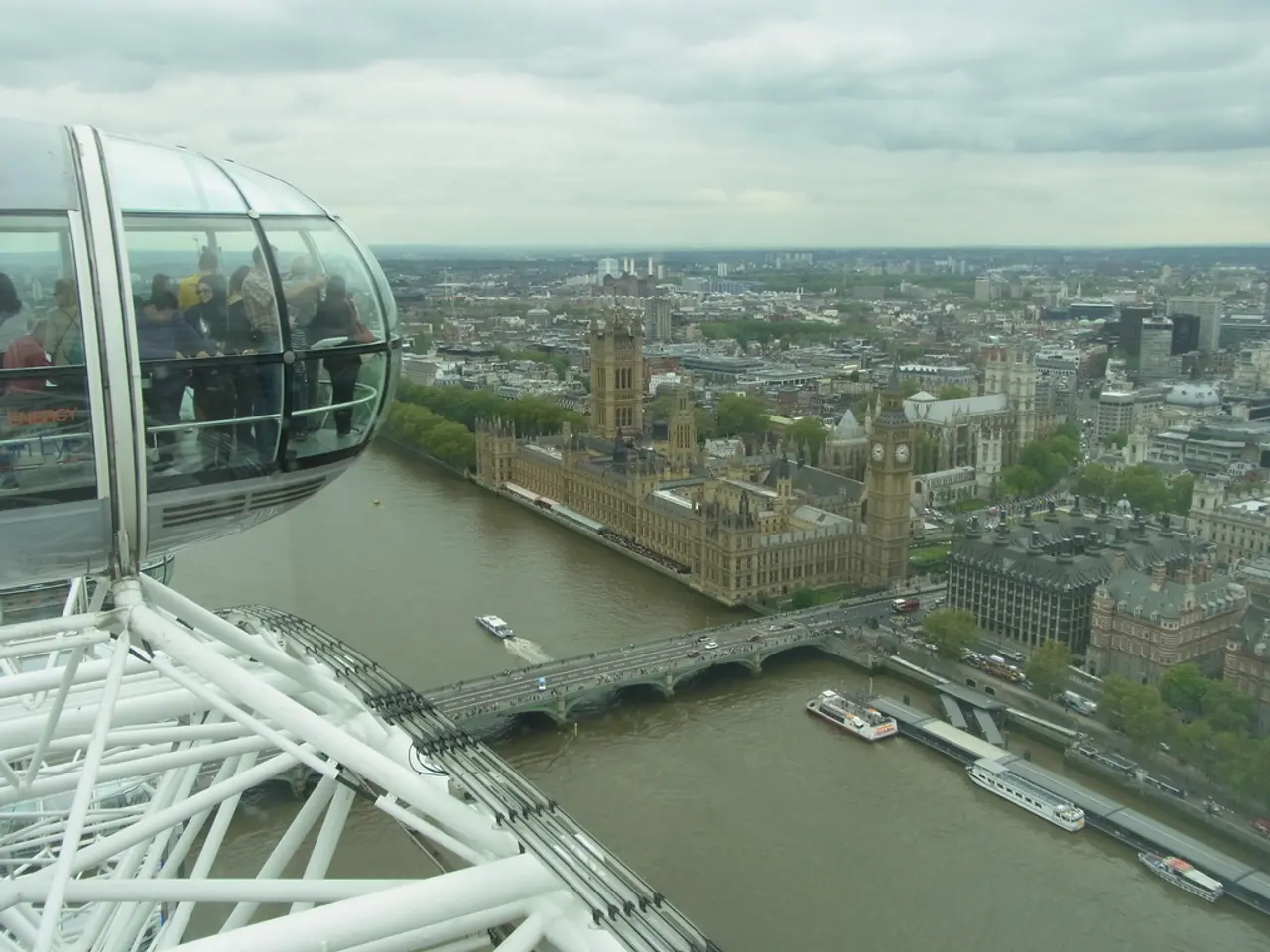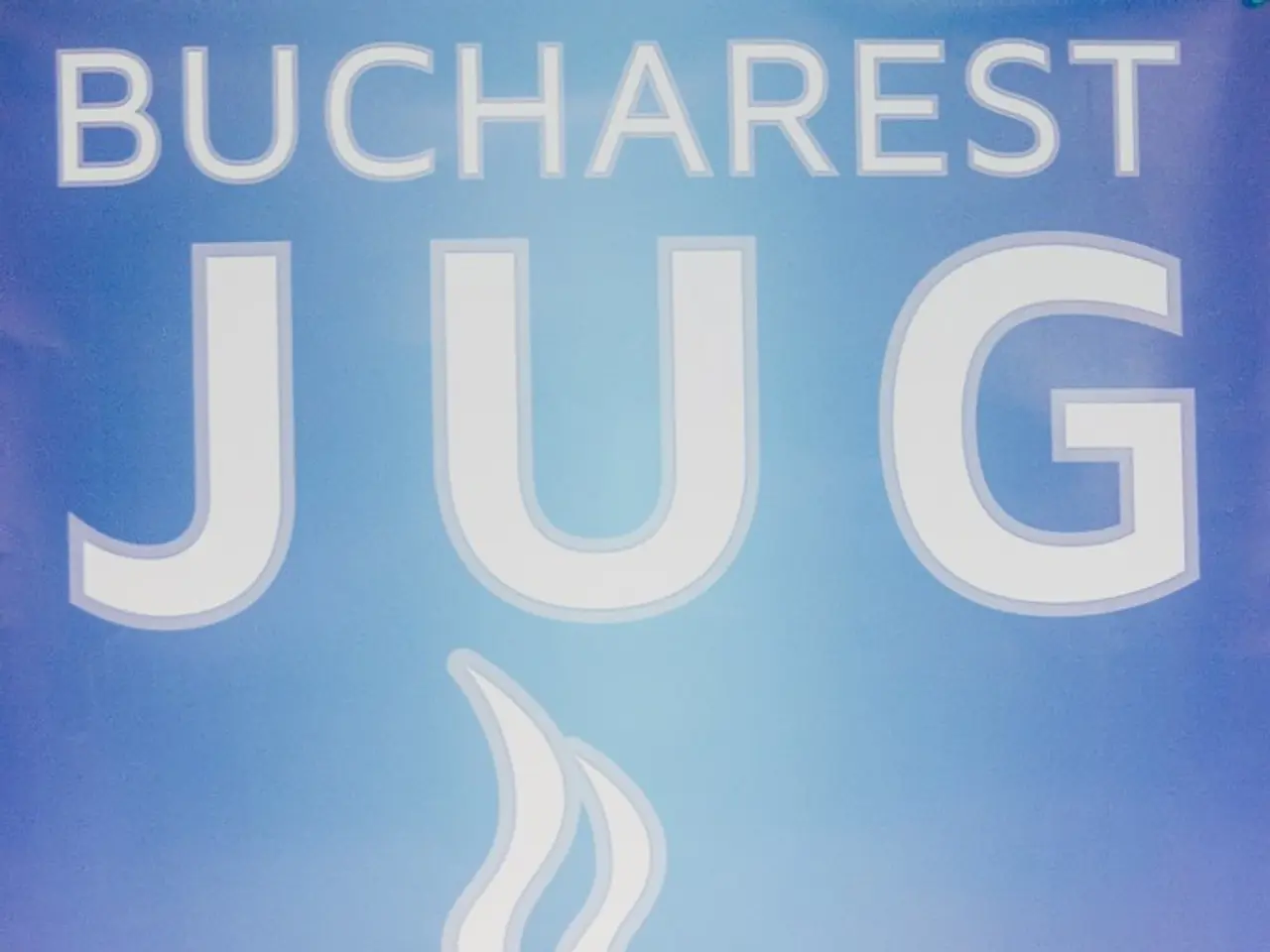Investment slowdown poses threat to UK economic expansion, according to Andrew Bailey's warning
In a recent statement, John Phillipou, chair of the Finance & Leasing Association, expressed a "sign of cautious optimism" among UK firms. However, this optimism seems to be tempered by economic challenges, as highlighted by Bank of England Governor, Andrew Bailey.
Bailey has pointed to a "weakening" in the UK labour market and expressed concern about the potential impacts of global shocks on UK businesses. Markets have restabilized since April, but the ongoing uncertainty in the economic environment, including trade developments and global demand fluctuations, is a significant deterrent for businesses.
Weaker demand and squeezed profitability are also factors affecting companies' willingness to invest. The impact of tariffs and shifts in global trade flows is causing businesses to hesitate, with many in a 'wait and see' mode regarding investments. Moreover, the cost of capital goods is a concern for businesses, further complicating investment decisions.
Government policies, such as tax and labour policies, as well as political instability, are influencing business confidence and investment decisions. These factors collectively contribute to a cautious approach among businesses, leading to subdued investment intentions.
Despite this, the Office for National Statistics (ONS) revealed that UK business investment increased by 3.9% in the first three months of the year, a downgrade from a previous 5.9% estimate. However, the decline in investment in areas such as buildings suggests that some firms remain hesitant to commit to longer-term investments amid ongoing economic uncertainty.
Bailey has remained coy about whether interest rates will be cut in August, but he has indicated that the path of interest rates will continue to be gradually downwards. The Bank of England's benchmark interest rate is currently 4.25 per cent, while the European Central Bank's benchmark rate is now at two per cent.
The Bank of England has been lagging behind the European Central Bank in its pace of cuts over the last year. Bailey has not indicated any specific plans for an interest rate cut in the next meeting in August.
However, Bailey suggests that caution on the part of businesses is holding back the UK economy from growing further. He has reiterated that the Monetary Policy Committee's focus is on getting inflation down to its two per cent target.
Separate analysis by Barclays showed that high-growth UK businesses took up £165bn in bank loans and overdrafts in the year to March 2025, with all regions seeing an increase in the number of new businesses in the first quarter of the year. UK businesses also bought more ICT equipment and other machinery, part of a wider drive to boost technology.
In conclusion, while UK business investment has shown some signs of growth, the overall picture remains one of caution and hesitancy. The Bank of England continues to monitor the situation closely and will adjust monetary policy as necessary to support economic growth and maintain price stability.
- Technology investment is on the rise among UK businesses, as they aim to boost their capabilities and stay competitive.
- The cautious approach of businesses towards investment is partly due to the high cost of capital goods and concern over economic uncertainties, such as trade developments and global demand fluctuations.
- The Bank of England's focus remains on getting inflation down to its 2% target, with the Monetary Policy Committee closely monitoring the situation to adjust monetary policy as needed, in an effort to support economic growth and maintain price stability, while businesses continue to take up significant bank loans for investment in financial and technological infrastructure.




